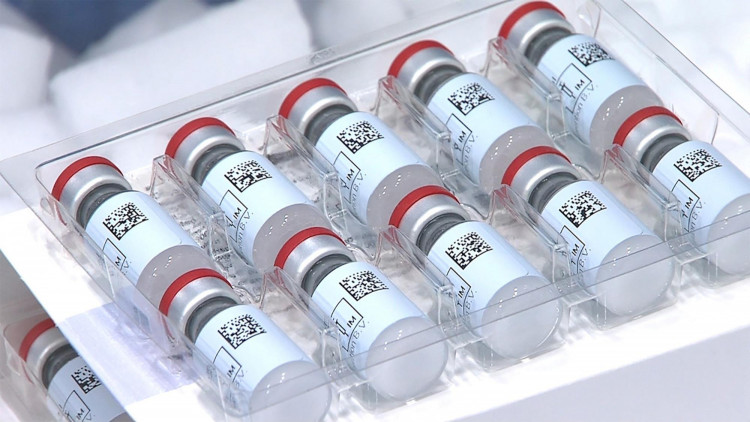Injections of Johnson & Johnson's coronavirus vaccine were suspended throughout the country after federal health officials this week called for a halt in the vaccine's use as they investigate a rare blood-clotting condition that developed in six recipients.
The six women were all between the ages of 18 and 48, and they all fell ill within one to three weeks of getting vaccinated. One woman died in Virginia, and a second woman is in critical condition in a hospital in Nebraska.
What is going on?
The reports concern extremely rare clotting, including a rare form of blood clot, called cerebral venous sinus thrombosis (CVST), which was seen in combination with low levels of blood platelets, known as thrombocytopenia, with both the AstraZeneca and J&J vaccines.
These aren't your typical blood clots. They're showing up in unexpected places, like veins that drain blood from the brain. In addition, those patients have abnormally low levels of platelets, which are cells that aid in the formation of clots, a disorder that is usually associated with bleeding rather than clotting
What does research say?
Scientists in Norway and Germany were the first to raise the possibility that certain people's immune systems may have an abnormal immune system response to the AstraZeneca vaccine, producing antibodies that target their own platelets. That is the theory being pursued by the U.S. as it investigates clots in J&J vaccine recipients, according to FDA Chief Dr. Peter Marks.
The J&J vaccine uses broadly similar vaccine technology as the AstraZeneca vaccine, known as adenoviral vectors, which has led some experts to speculate there might be a link between this vaccine platform and the very rare blood clotting condition.
What's an adenovirus, and how are they used in vaccines?
Adenoviruses are a family of viruses that can be found in humans and other animals. Some of these viruses can cause the common cold in humans.
Scientists can also use these viruses to create vaccines by combining them into what is known as a "viral vector." A vector is a virus shell that can be used by researchers to package and deliver a target from another virus.
Scientists take an adenovirus and extract any genetic material that could either allow the virus to reproduce and spread or cause disease to create an adenoviral vector. The adenovirus shell is then used by researchers to insert genetic instructions for making a target on the surface of another virus. For COVID-19, they use the instructions to make the "spike protein" on the surface of the SARS-CoV-2 virus.
What are the symptoms to watch out for?
If you experience a severe headache that does not go away, major abdominal or leg pain that does not subside, or increasing shortness of breath, call your doctor right away.
The risk is "very low" if you got the J&J vaccine more than a month ago, according to Dr. Anne Schuchat, CDC's Principal Deputy Director.






